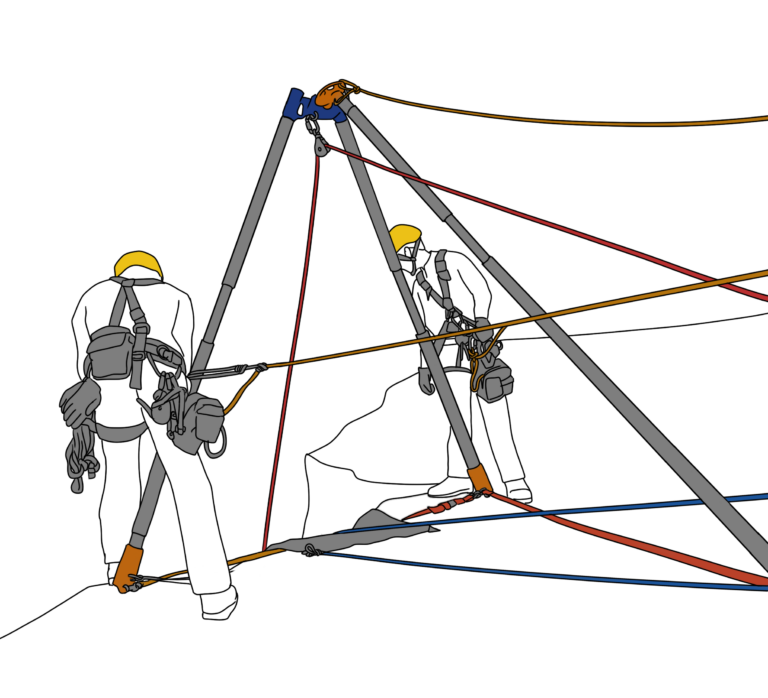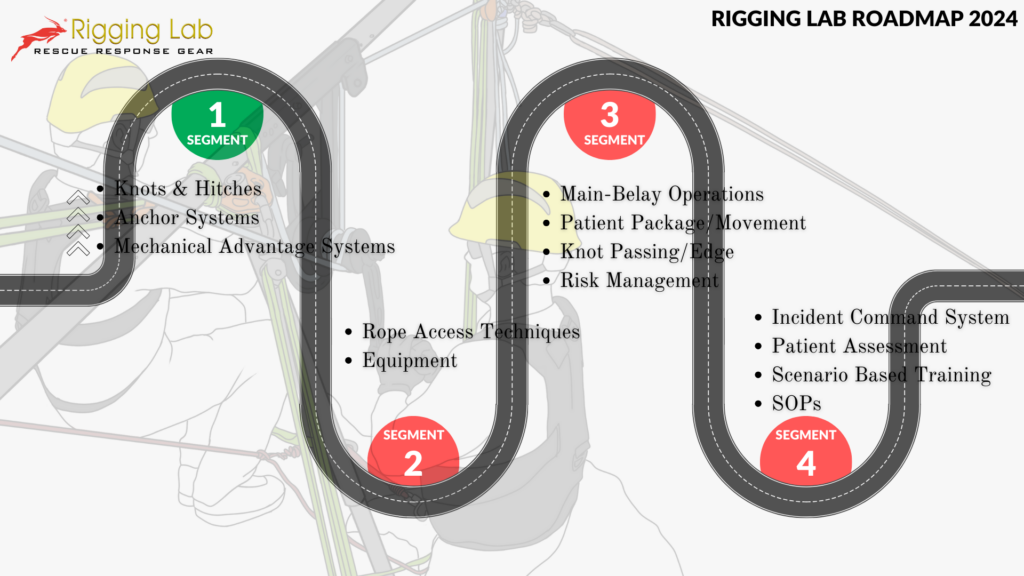Rope rescue operations are dependent on the integrity of ropes and rigging systems. Ensuring the safety of both rescuers and victims involves a comprehensive approach that includes protecting the rope, safeguarding the rescue environment, reducing friction, and maintaining the cleanliness of the ropes. In this chapter, we delve into these essential aspects of rope safety measures.
1. Protect the Rope:
- The rope is the lifeline in rope rescue operations, and preserving its strength and integrity is paramount.
- Protection measures include using specialized equipment like edge rollers, rope protectors, and edge pads to shield the rope from sharp edges and rough surfaces.
- Rope guards, made of durable materials, act as barriers against abrasion and cuts.
- Padding and cushioning materials, such as rope bags and foam padding, create buffers between the rope and potential hazards.
2. Protect the Surface:
- Ensuring the safety of personnel and victims on or below the rescue site involves preventing debris, dirt, and loose materials from falling.
- Safeguarding the surface involves employing debris nets, containment systems, and perimeter barriers.
- These measures minimize the risk of accidents and maintain a controlled rescue environment.
3. Reduce Friction:
- Reducing friction is crucial in preventing unnecessary wear and tear on the rope and increasing overall efficiency during a rescue.
- Effective techniques include using redirects and deviations to alter the rope’s angle as it interacts with edges.
- Specialized equipment, like pulleys and rollers, can be employed to reduce the friction encountered by the rope.
4. Keeping Rope Clean:
- A clean rope not only extends its lifespan but also enhances its performance during rescue operations.
- Regular inspections are essential to detect any signs of dirt, grime, or contamination on the rope’s surface.
- Proper cleaning practices involve using mild detergents, water, and soft brushes to remove dirt without compromising the rope’s integrity.
- Storing ropes in clean, dry environments protects them from dust and moisture, further increasing their longevity.
Check Out the Edge Protection Equipment at Rescue Response Gear
Conclusion: Edge protection in rope rescue encompasses safeguarding the rope, protecting the rescue environment, reducing friction, and maintaining the cleanliness of the ropes. A holistic approach to rope safety measures enhances the overall safety of rescue operations, ensures the durability of critical rescue equipment, and extends the lifespan of ropes.
Peace on your Days
Lance










